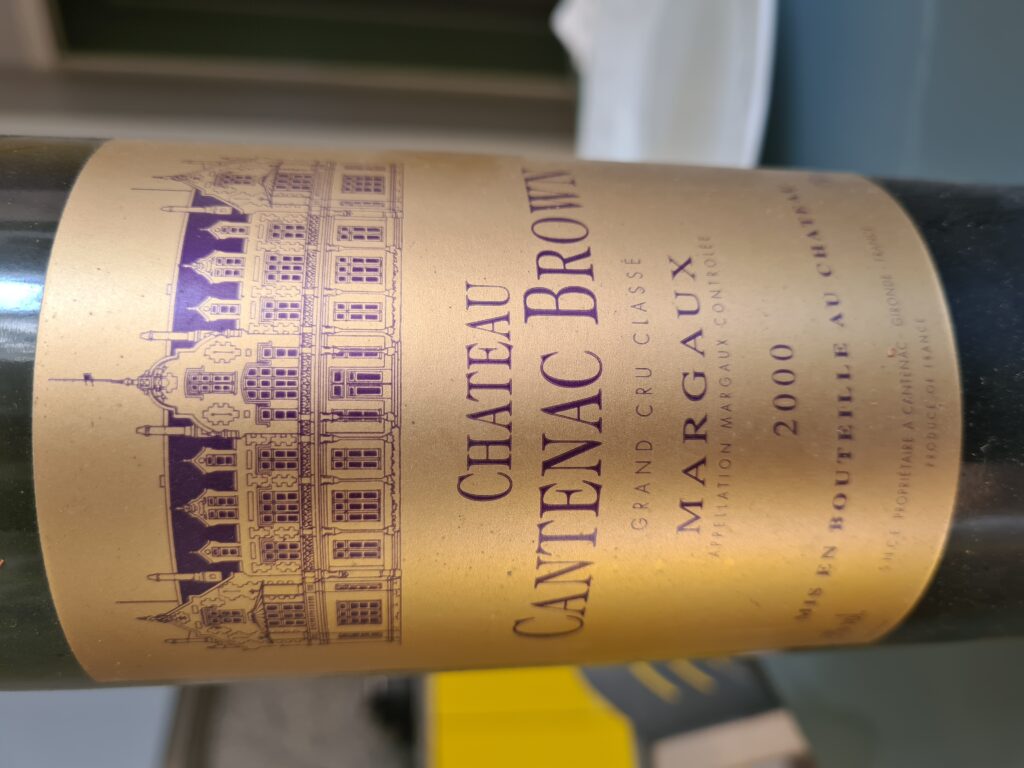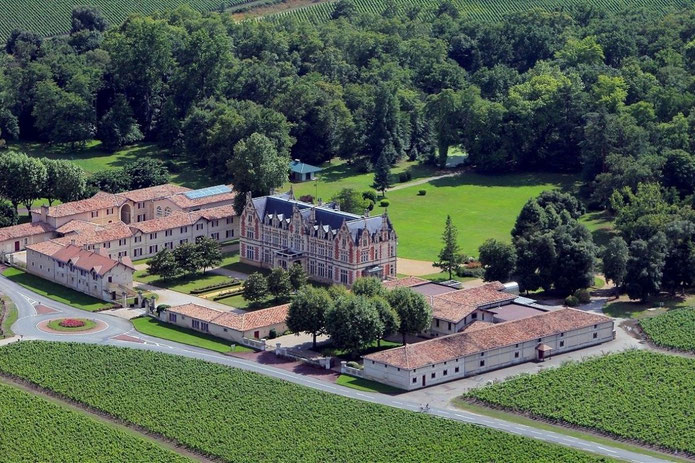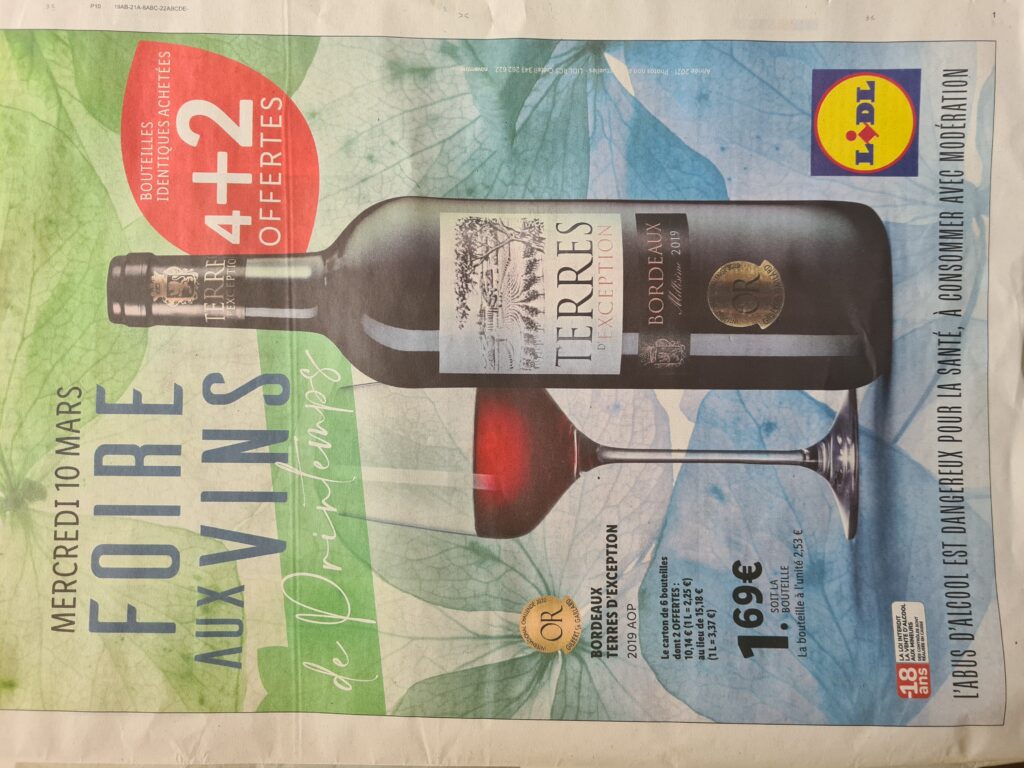here are no fewer than 10 third growths in Margaux, and a couple of them are, let’s face it, pretty lacklustre. I have had Cantenac-Brown on any number of occasions and have tended to slot it into the “foursquare” category, i.e. reliable, and unquestionably a worthy reprentative of its appellation and its classification, but not on the exciting side.
The château has changed ownership a number of times in recent years. It belonged to Axa Millésimes from 1987 to 2005 and then to a Syrian-born English businessman, Simon Halab, who sold it in turn to the French Le Lous family a year and a half ago.
I also knew Cantenac Brown because it was the site of international seminars for the Axa insurance company and a venue for any number of corporate and special events with memorable banquets.
Anyway, 2000 is a great vintage in Bordeaux and I am starting to open an increasing number of fine Bordeaux from that year – and finding most of them arriving into their drinking window.

So, to accompany a traditional roast beef Sunday dinner, I decanted 2000 Cantenac Brown three hours before serving. There was only a small amount of fine sediment.
I am pleased to say that the wine outperformed my expectations. It was well and truly delightful. The color was fine and looked younger than its age. The nose was absolutely enthralling, with hints of graphite, truffle, and violet to complement sublime ripe Cabernet Sauvignon aromas. So subtle and so seductive! The wine was suave and velvety on the palate too, with attractive acidity. Only a slight weakness on the follow-through (I’m admittedly nit picking here) keeps this from the very pinnacle of Médoc wines. I certainly need to revise my opinion of Cantenac Brown and apparently the new owners are investing heavily in bringing the estate up to its full potential.
Stay tuned to this station for further developments :-).


